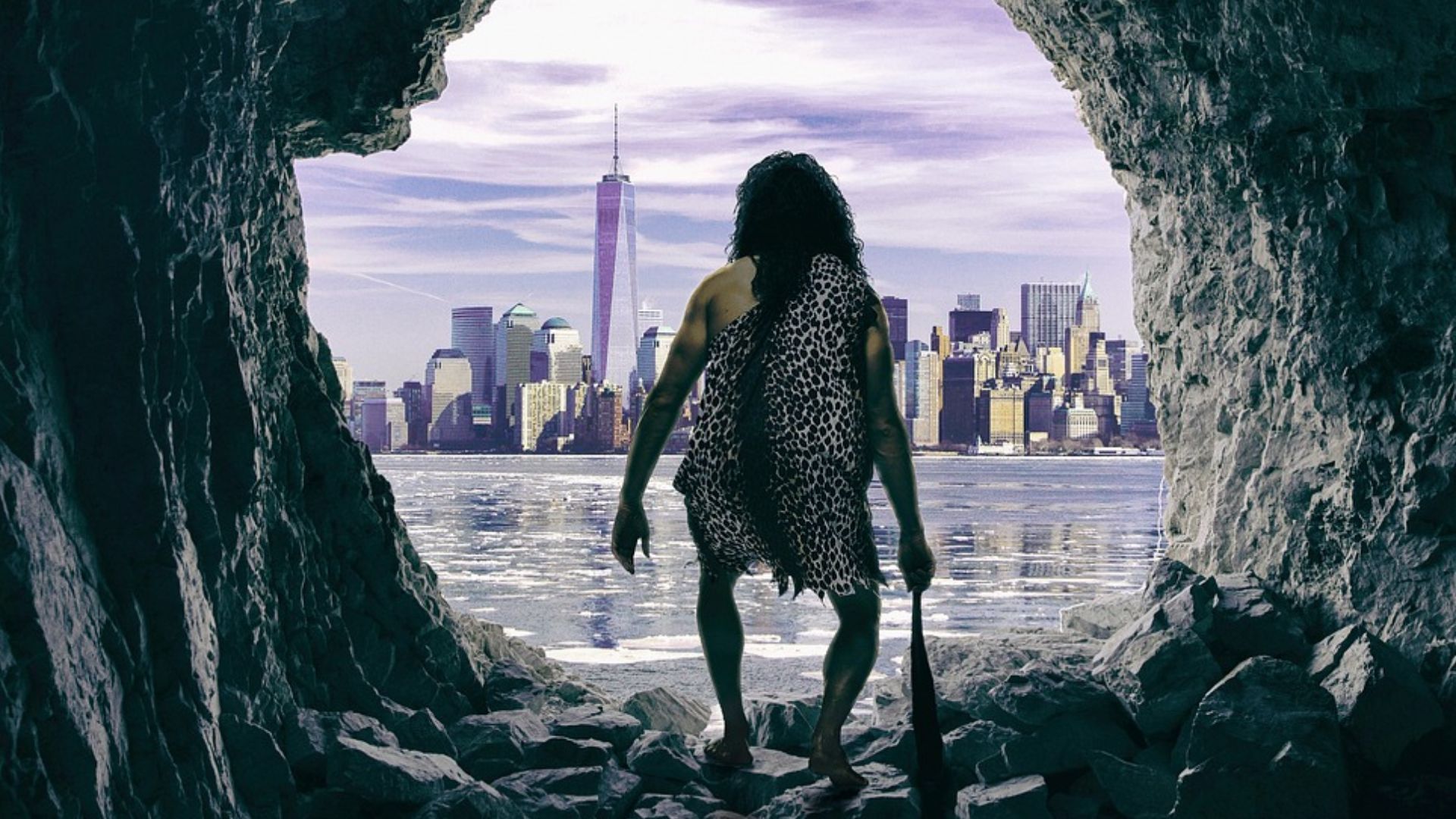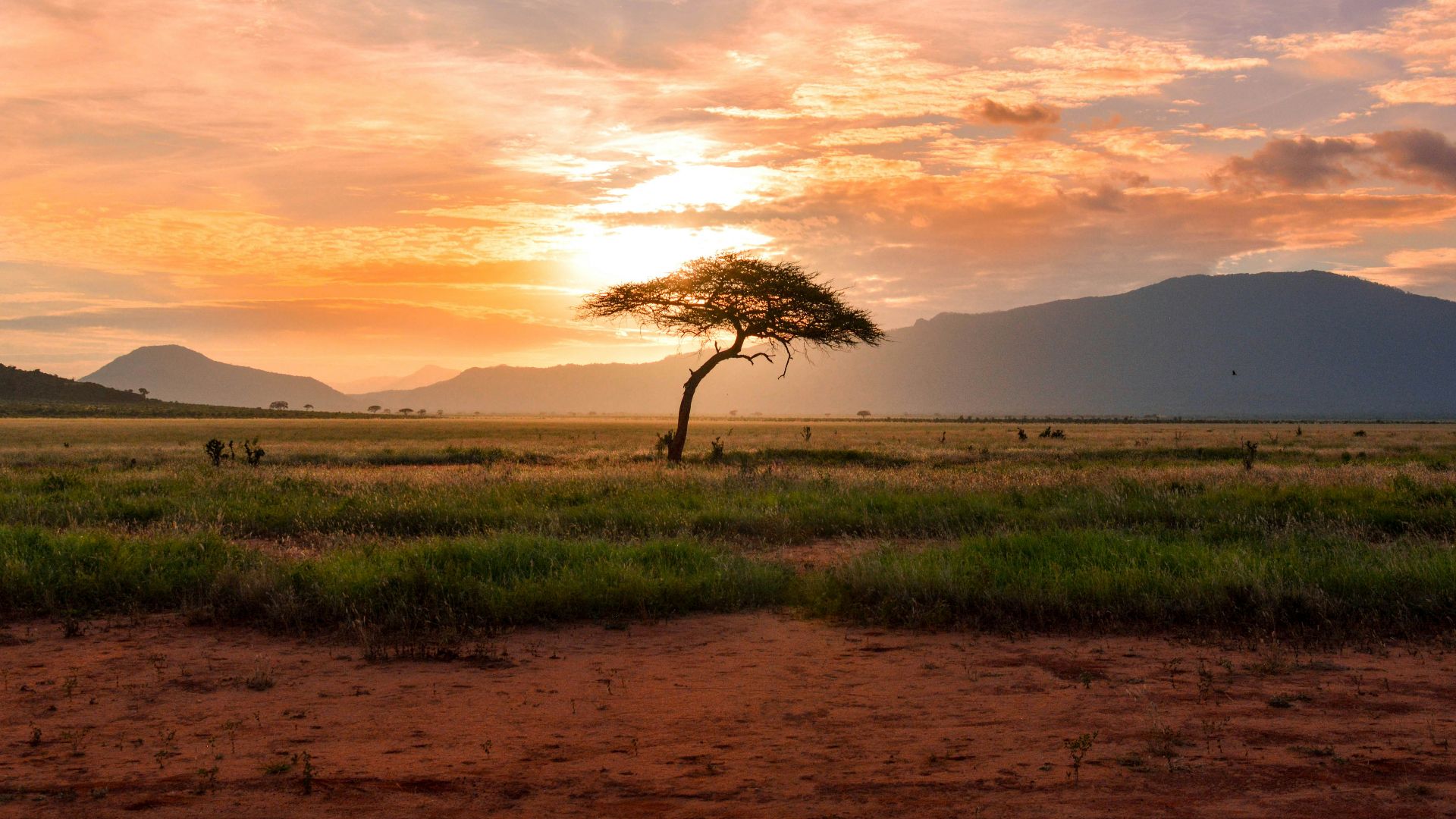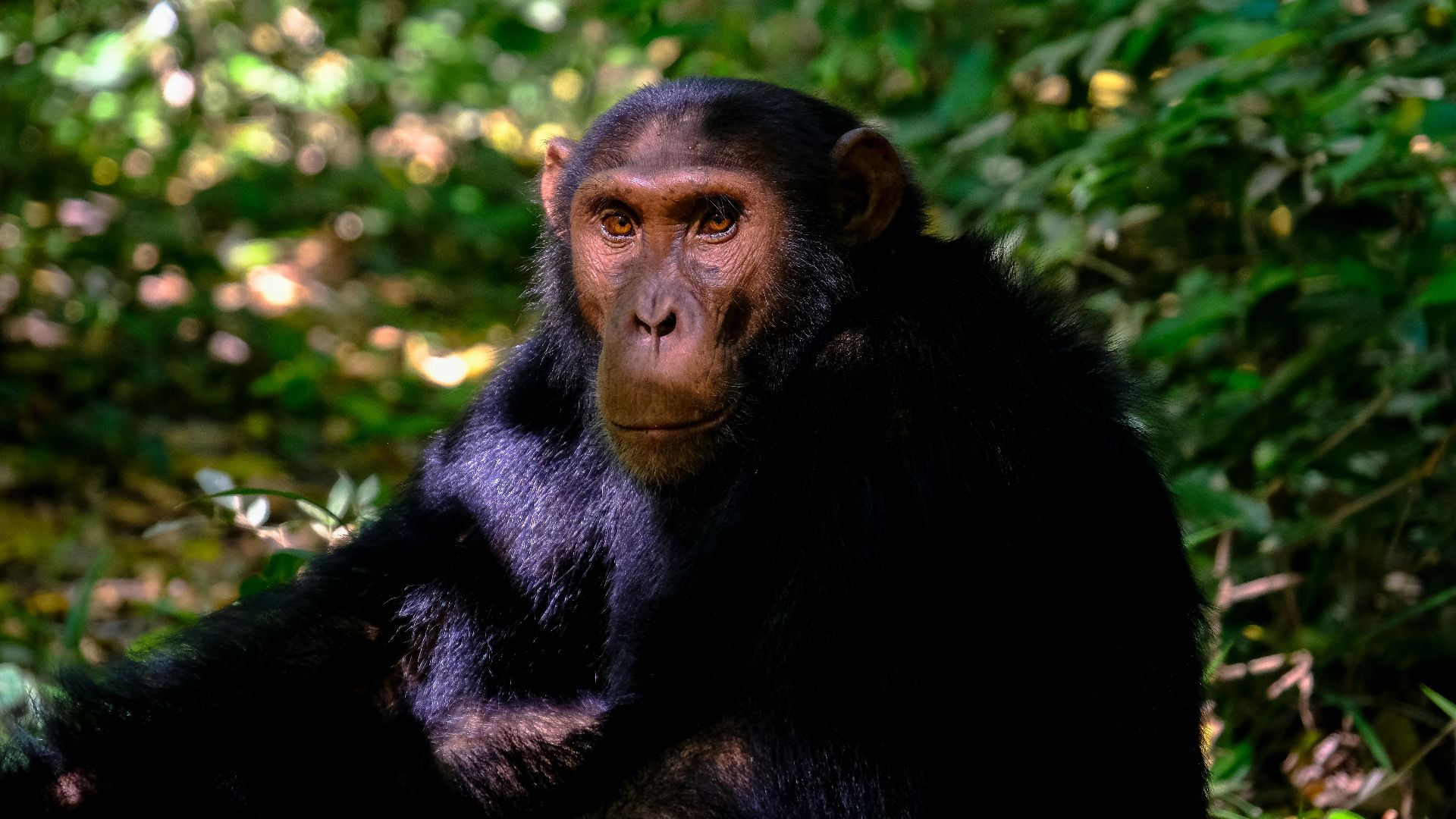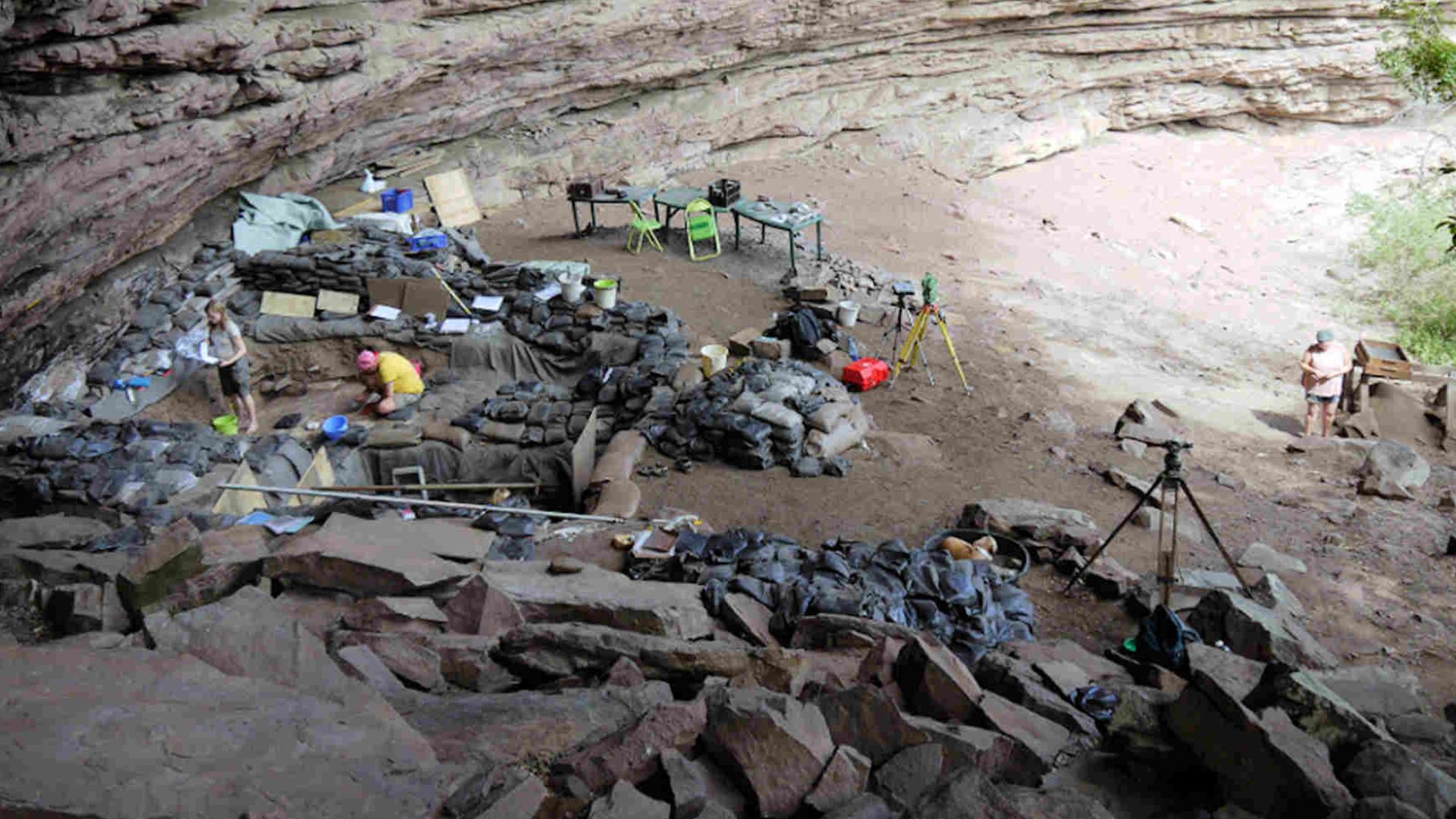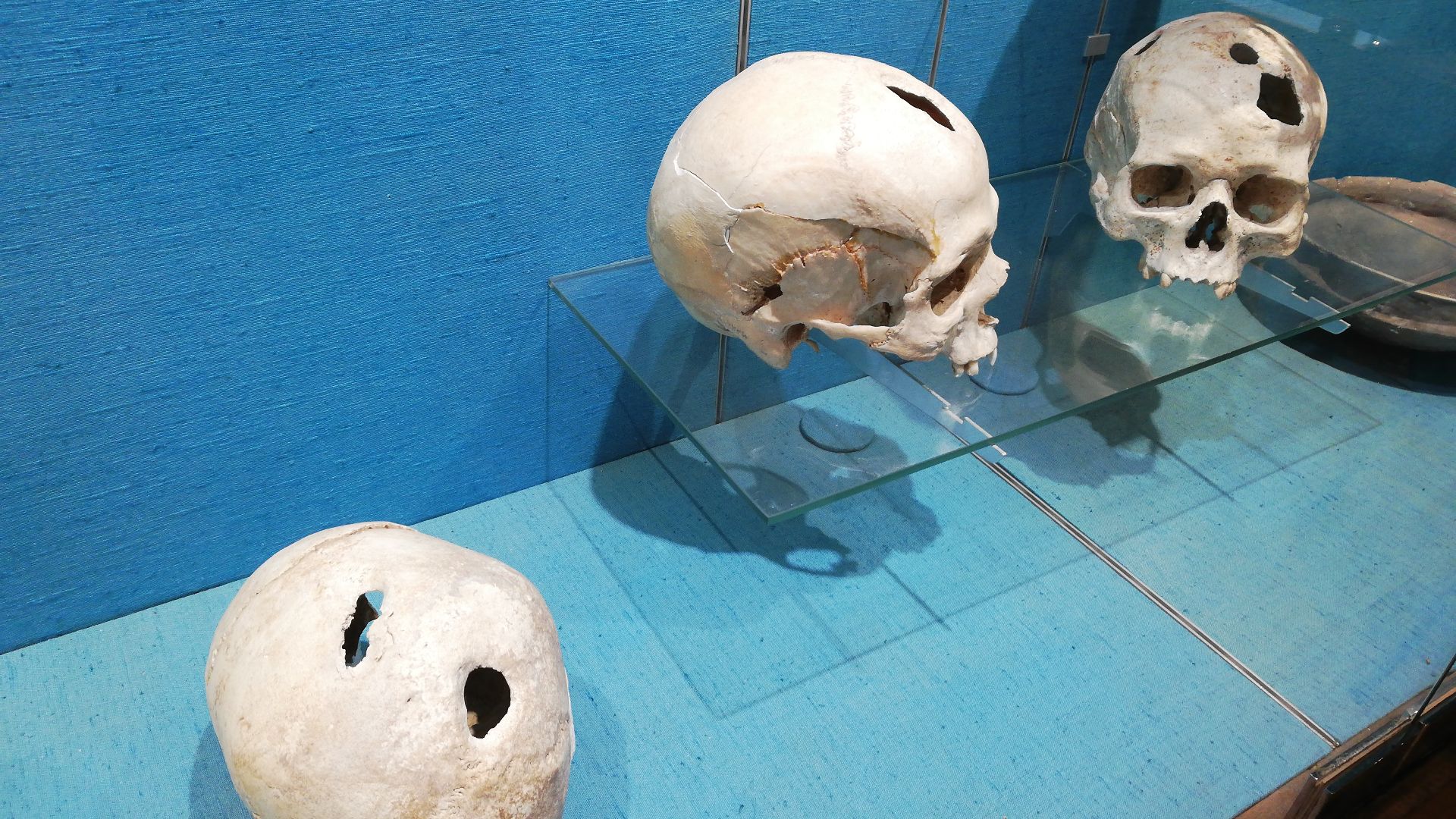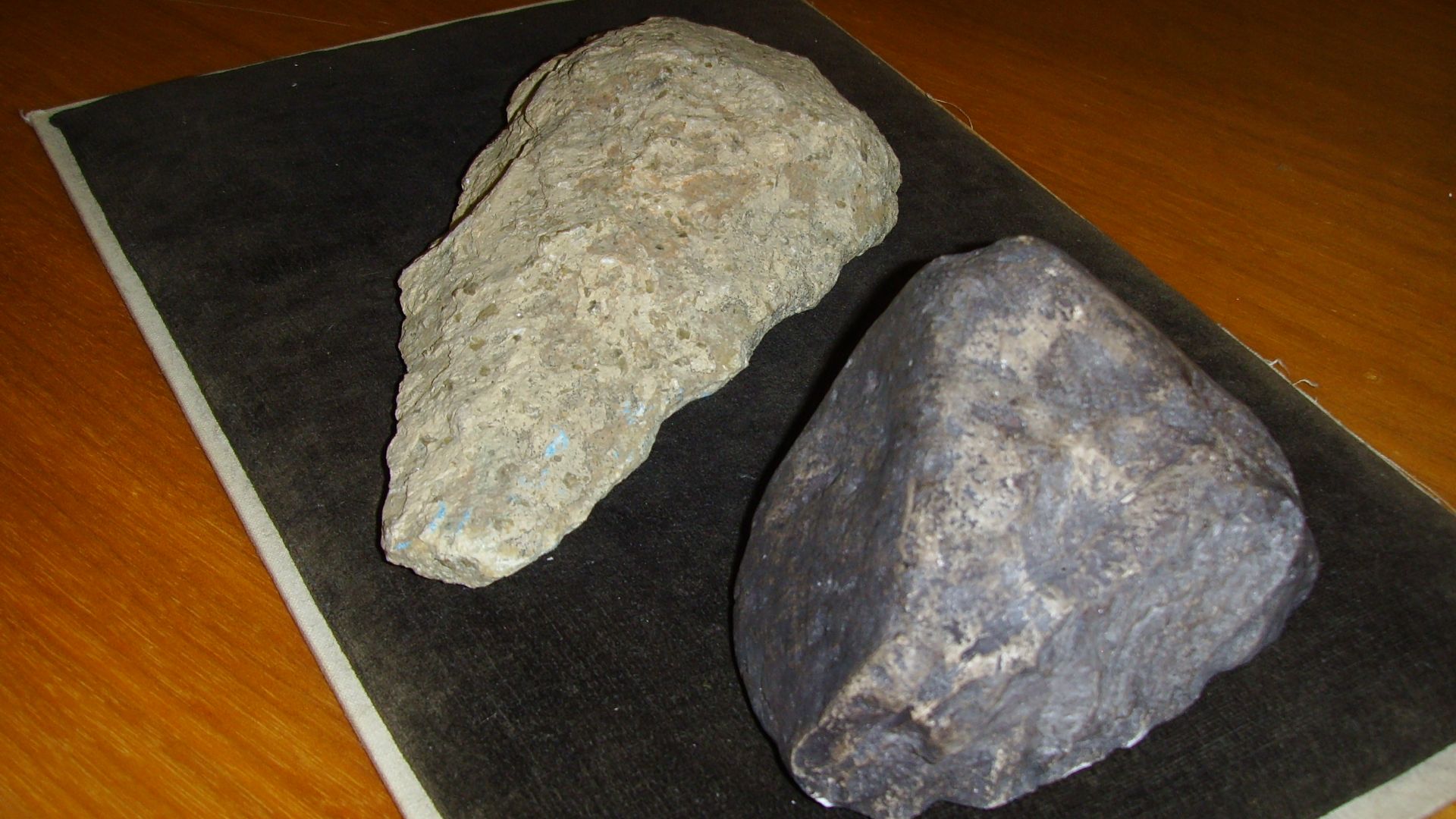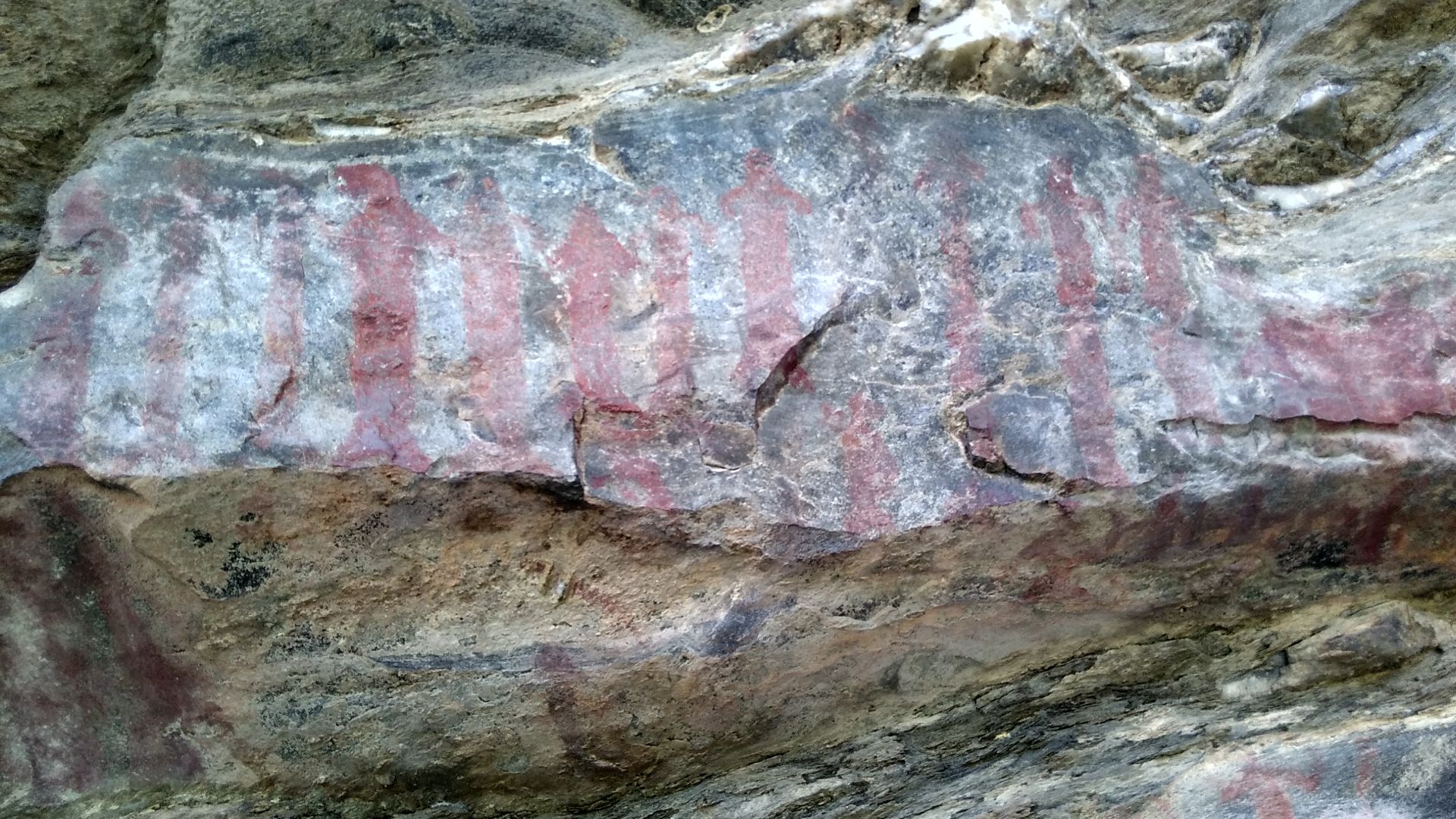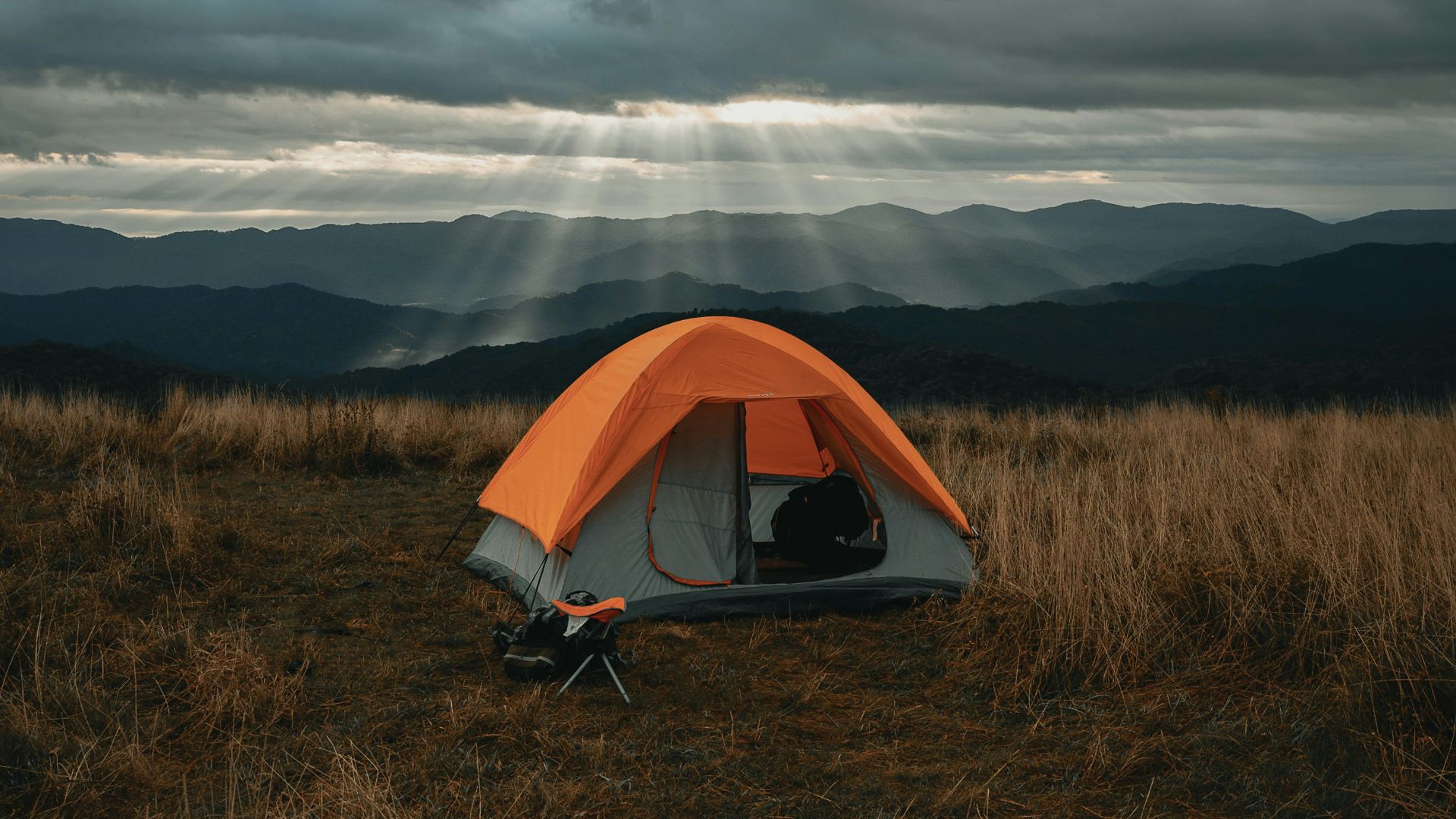The Life of Our Early Ancestors
From surviving deadly volcanoes to etching patterns on cave walls, our early ancestors left their marks in incredible ways. In fact, some of us might even share DNA with Neanderthals and Denisovans, two extinct species that once roamed the Earth alongside the Homo sapiens. If you're curious about the life archaic humans once lived, here are 20 facts you'll definitely want to read through.
1. Lived & Evolved in Africa
Our species, Homo sapiens, evolved roughly 300,000 years ago in Africa, as did many of other human species. In fact, every single living person on Earth can trace their genetic ancestry to there. But with the emergence of new fossil evidence, scientists believe that our lineage goes back even further, perhaps 300,000 to 500,000 years ago.
2. Have a Common Ancestor with Chimpanzees
We didn't descend from chimpanzees, but we do share a common ancestor with them that lived about eight to six million years ago. Our evolutionary paths split into different directions, but genetically, we’re still incredibly close—about 98.8% of our DNA is the same, making chimpanzees our closest living relatives in the animal kingdom.
3. We Aren't the Only Human Species
Our species might have been the only one to have survived and evolved, but we weren't the only human species. There were eight other species that our ancestors lived alongside some 300,000 years ago, and some 15,000 years back, we were sharing caves with Denisovans. Though we're the only remaining species, some of us share DNA with these now-extinct species, like the Neanderthals.
4. Had Bigger Bones
The bodies of our early ancestors were much different than the ones we've evolved to today. For one, our bones have grown to be more fragile and fickle than those of ancient human hunter-gatherers, as we've adapted to increasingly sedentary lifestyles compared to the active foraging and farming routines of prehistoric times.
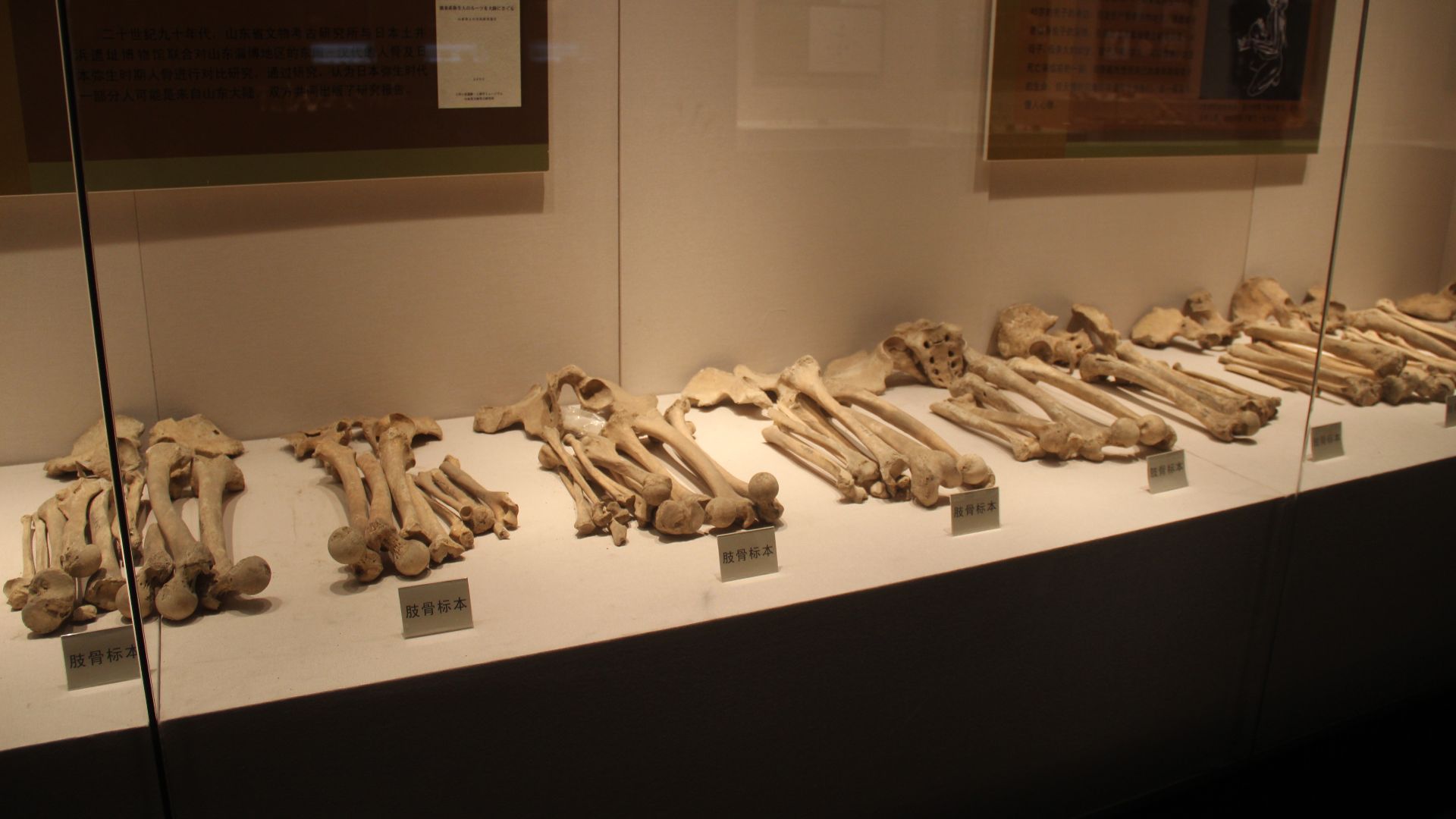 Gary Todd from Xinzheng, China on Wikimedia
Gary Todd from Xinzheng, China on Wikimedia
5. Evolution of Brain Size
Our brain size has tripled over the course of evolution, and the modern human brain is not only the largest but most complex of any primate. Climate change also had a hand in how rapidly our brains grew; our early ancestors, having to face new environments and learn how to survive unfamiliar habitats, evolved into larger bodies and brains.
6. Mostly Ate Plants
Meat is technically still treated as a luxury today, and perhaps that's because it wasn't all that accessible to us millions of years ago. Our ancient ancestors were opportunistic eaters and relied heavily on foraging plants, which took longer to digest. Berries, root vegetables, nuts, and seeds made up the bulk of their diets.
7. Cooking Started 170,000 to 2 Million Years Ago
Research suggests that humans only first started cooking roughly between 170,000 years ago to as early as two million years ago, which might be surprising, given that our species has biologically adapted to consuming cooked food. Perhaps a more interesting question is when our ancient ancestors discovered fire, and if they immediately knew to cook with it or if it was only an element used for crafting tools or keeping warm.
8. Couldn't Recognize the Color Blue
It might seem surprising, but there's evidence to suggest that humans didn't recognize the color blue until modern times. The word never appeared in ancient literature, not that of Homer's Odyssey (where he'd described the ocean as "wine-dark" instead of blue), or that of Icelandic, Hindu, Chinese, Arabic, and Hebrew texts. It wasn't until the Egyptians came up with a term for the color that the rest of the world became aware of it. This seems to suggest that before there was a word for it, our early ancestors never consciously registered the shade at all.
9. Eight Human Species Went Extinct
We weren't the only human species, but we were the only ones who remained. In fact, eight other human species roamed Earth around 300,000 years ago, yet all but one were wiped clean some 10,000 years ago. What happened? You might immediately point to the work of some catastrophic event, like a volcanic eruption or a deadly asteroid. But evidence suggests it's the work of something even more frightening: us. Humans, after all, are not only a unique species but also incredibly dangerous and competitive. Our early ancestors likely weren't the peaceful hunter-gatherers you pictured.
10. Burnt Beds for Pest Control
In 2020, when researchers went to examine a 200,000-year-old cave in South Africa that had once housed an early community of humans, they found something shocking: the beddings had been torched. As it turns out, our early ancestors were not only incredibly adept at producing fire at will, but were also pest-control experts. Along with insect-repelling plants, they knew to layer their beds with ash—whether singed from old bedding or taken from fireplaces—which blocks the airways.
11. Practiced Trepanation
Trepanation is an ancient surgical procedure that involves drilling a hole into the skull. There's been evidence found in early human remains in several archaeological sites around the world that suggests this medical practice was commonplace some thousands of years ago. Examination of these holes showed that the average width and size of these openings were between 3 and 5.5 cm, or 1 to 2.2 inches.
12. Humans Developed Language 150,000 to 200,000 Years Ago
Scientists believe that human language is at least 150,000 to 200,000 years old, though they don't really know for sure the exact evolution process. Some evidence suggests that language might have even been developed earlier, with the Neanderthals, around 550,000 to 750,000 years ago. Gestures and simple vocalizations likely made up the beginning of communication, before it sprouted to include more sounds and complexity.
13. Earliest Stone Tools Are At Least 2.6 Million Years Old
Research shows that humans may have been making stone tools—dubbed Oldowan tools, courtesy of where they'd been found at the Olduvai Gorge in Tanzania—at least 2.6 million years ago. The first artifacts discovered by scientists included a simple toolkit, consisting of sharpened cores, flakes, and hammerstones.
14. Ancient Humans Nurtured Pets
Believe it or not, our early ancestors befriended certain animals as well, just as we do now. Though scientists still don't know how and when this started happening, one of the earliest pooches lived 14,000 years ago in modern-day Germany. Research around a Paleolithic grave site discovered that one of the buried dogs showed evidence of having a fatal illness, yet went on to live for a few more months. This discovery suggests that the loving, nurturing relationship between pets and humans was strong even from the beginning.
15. Humans Have Been Making Art for Over 40,000 Years
In the Lubang Jeriji Saléh cave on the island of Borneo, a figurative painting of an unknown animal is etched on the walls. It's over 40,000 years old, maybe even older than 50,000 years. And that's not all—there's plenty of evidence uncovered throughout the years that have revealed just how creative our ancient ancestors were, even when they were without proper tools and mediums.
16. May Have Gone On Camping Trips
Researchers also found evidence that Mesolithic people may have gone on short camping trips, upon the discovery of a few sites in Scotland. Archaeologists uncovered clues of a campfire and basic tool-making, which seemed to suggest that groups stayed only for a few days at most.
17. Neanderthal & Denisovan DNA Still Exist in Modern Humans
As mentioned earlier, a percentage of the human population shares DNA with now-extinct species, particularly Neanderthal and Denisovan. This is because when Homo sapiens left Africa, they mated with other species, causing traces to still be found in modern-day humans. Many non-Africans have 1-4% of Neanderthal DNA, and those with Southeast Asian and Pacific Island heritage share up to 5% of DNA with Denisovans.
18. Ancient Humans Grew at the Same Rate as Modern Humans
Upon examination through CT scanning of the enamel layers of a child who lived in northern Africa 160,000 years ago, scientists discovered that these layers grew at the same rate seen in children today. This suggests that our early ancestors were developing at the same pace we currently do.
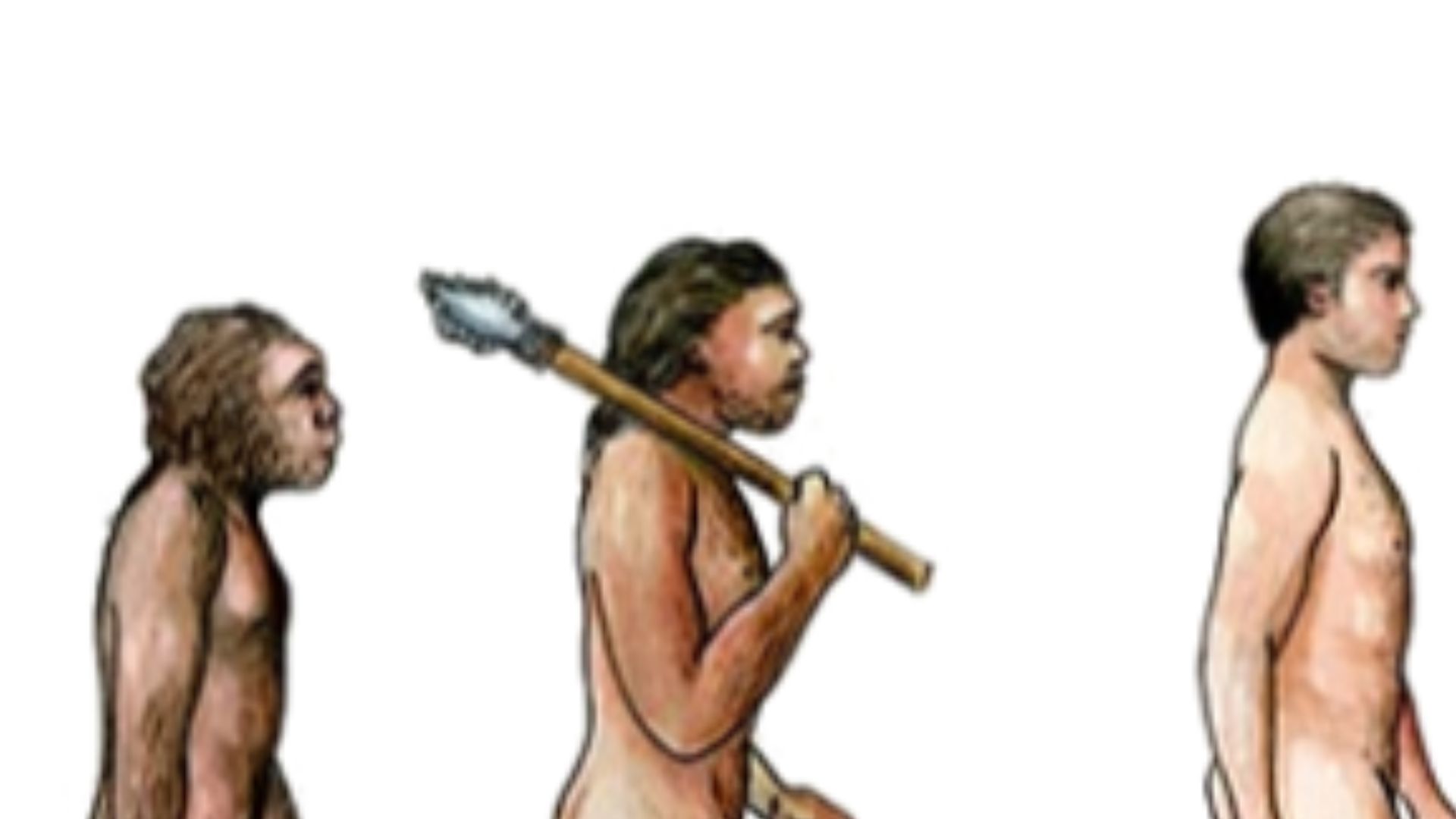 http://spec-evo.wikia.com/wiki/User:MagneticHyena on Wikimedia
http://spec-evo.wikia.com/wiki/User:MagneticHyena on Wikimedia
19. Walked On Pyroclastic Flow
If you needed more evidence that our early ancestors were tough like no other, then perhaps this fact will amaze you. Pyroclastic flow is a fast-moving stream of lava fragments, volcanic ash, and hot gases. Not only is it incredibly hot, but it also wipes out everything in its path. And yet, fossilized footprints found some distance away from present-day Roccamonfina, Italy, caught the interest of archaeologists in 2002. The size and stride of these prints seemed to suggest the group had been walking leisurely, even though the volcanic deposits were still fresh. While it's unclear why or how anybody managed to step foot in something so deadly, it suggests that ancient hominins had nothing to fear, thus earning the name "The Devil's Trail."
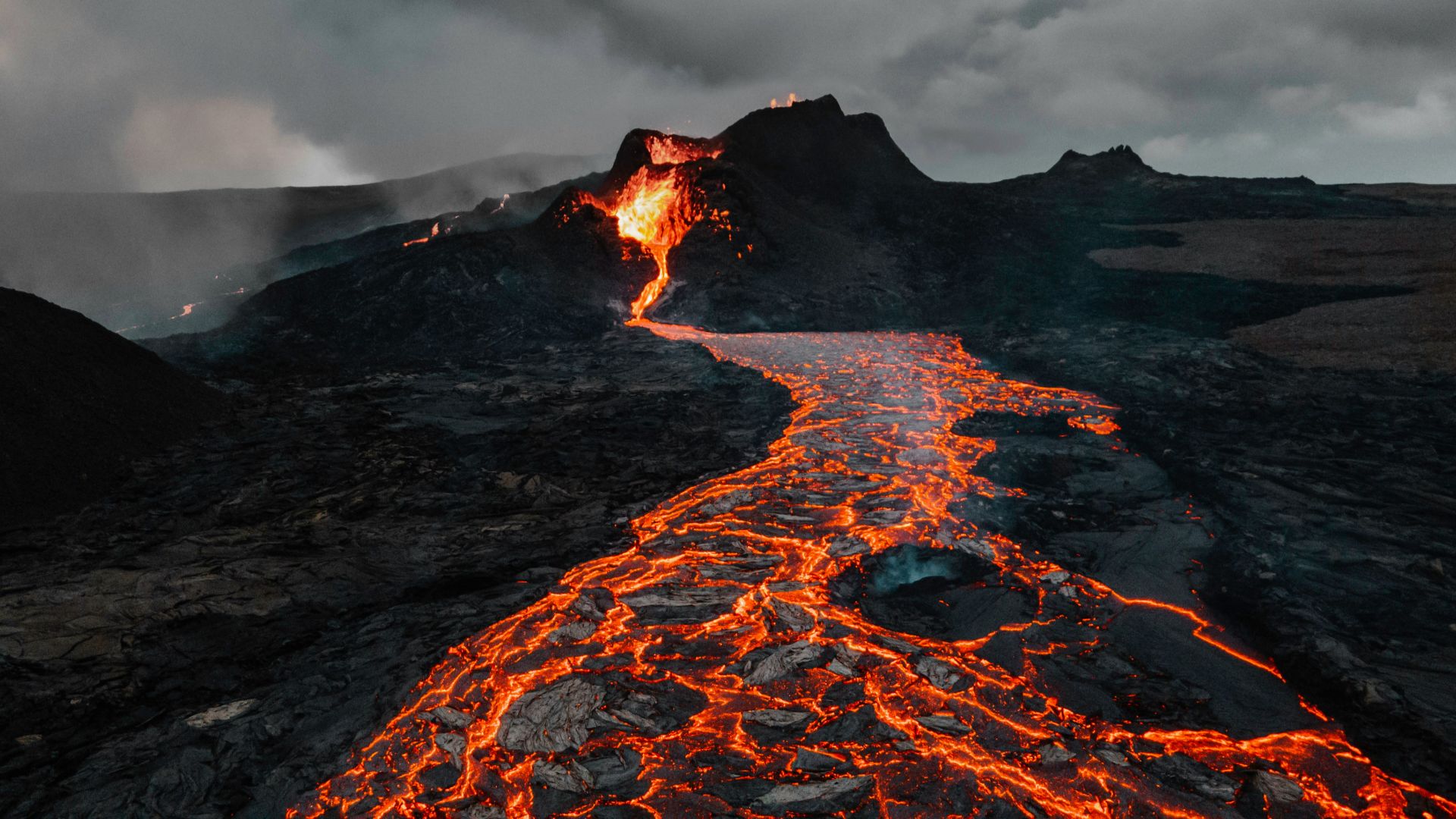 Tetiana Grypachevska on Unsplash
Tetiana Grypachevska on Unsplash
20. Survived a Deadly Volcanic Eruption
The explosion of Mount Toba 74,000 years ago was so severe that scientists believed it nearly wiped out the entire human race. The volcanic winter that followed only made conditions practically inhabitable. And yet, evidence exists that not only did our early ancestors survive, they also flourished. Artifacts found showed that they continued to hunt, craft tools, and stay at the affected site for generations.
KEEP ON READING

The 20 Most Recognized Historical Figures Of All Time
The Biggest Names In History. Although the Earth has been…
By Cathy Liu Oct 4, 2024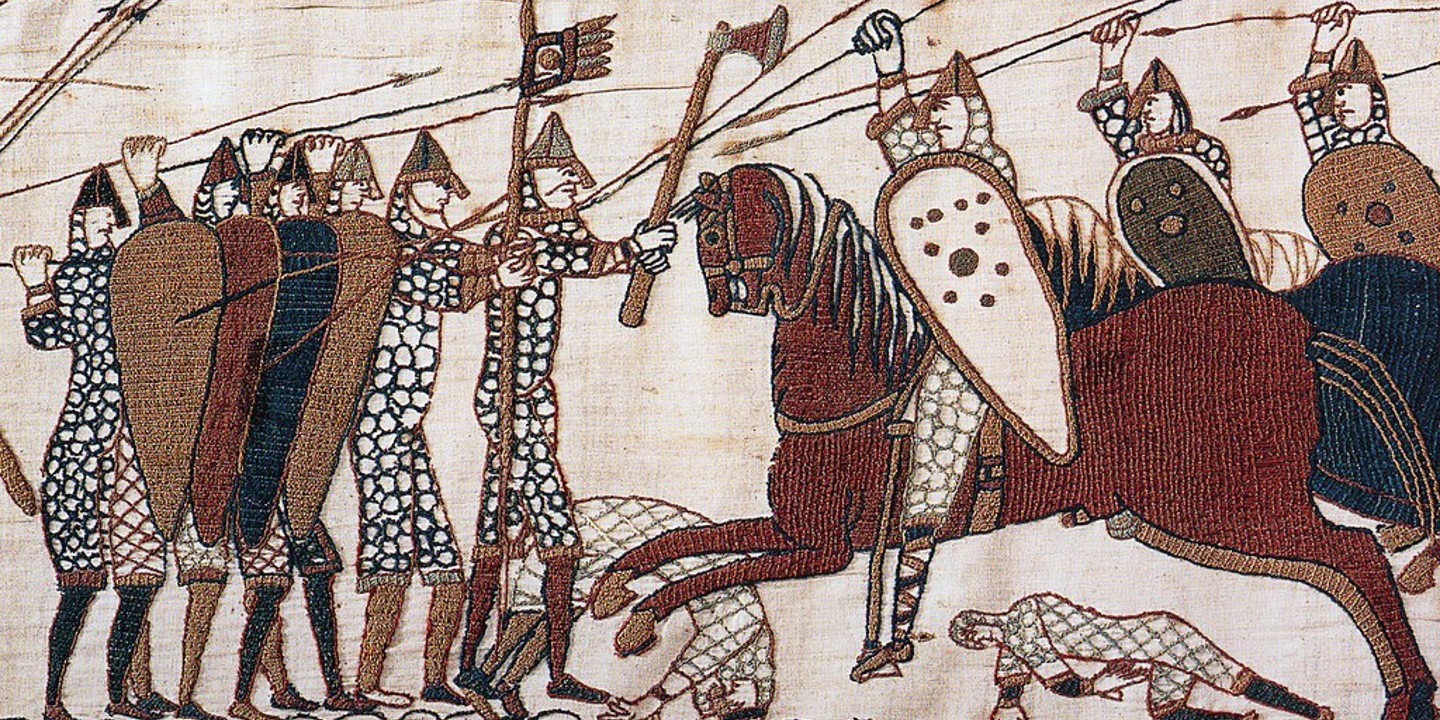
10 of the Shortest Wars in History & 10 of…
Wars: Longest and Shortest. Throughout history, wars have varied dramatically…
By Emilie Richardson-Dupuis Oct 7, 2024
10 Fascinating Facts About Ancient Greece You Can Appreciate &…
Once Upon A Time Lived Some Ancient Weirdos.... Greece is…
By Megan Wickens Oct 7, 2024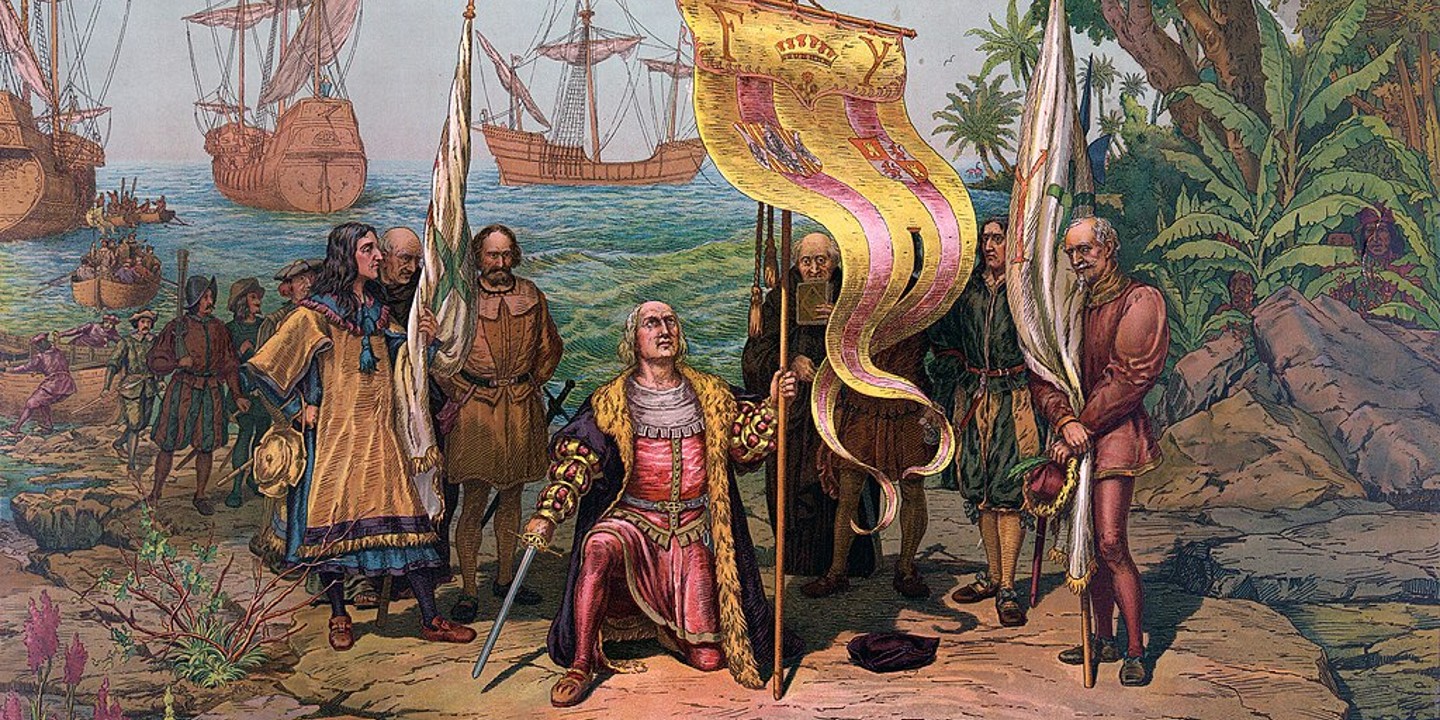
20 Lesser-Known Facts About Christopher Columbus You Don't Learn In…
In 1492, He Sailed The Ocean Blue. Christopher Columbus is…
By Emilie Richardson-Dupuis Oct 9, 2024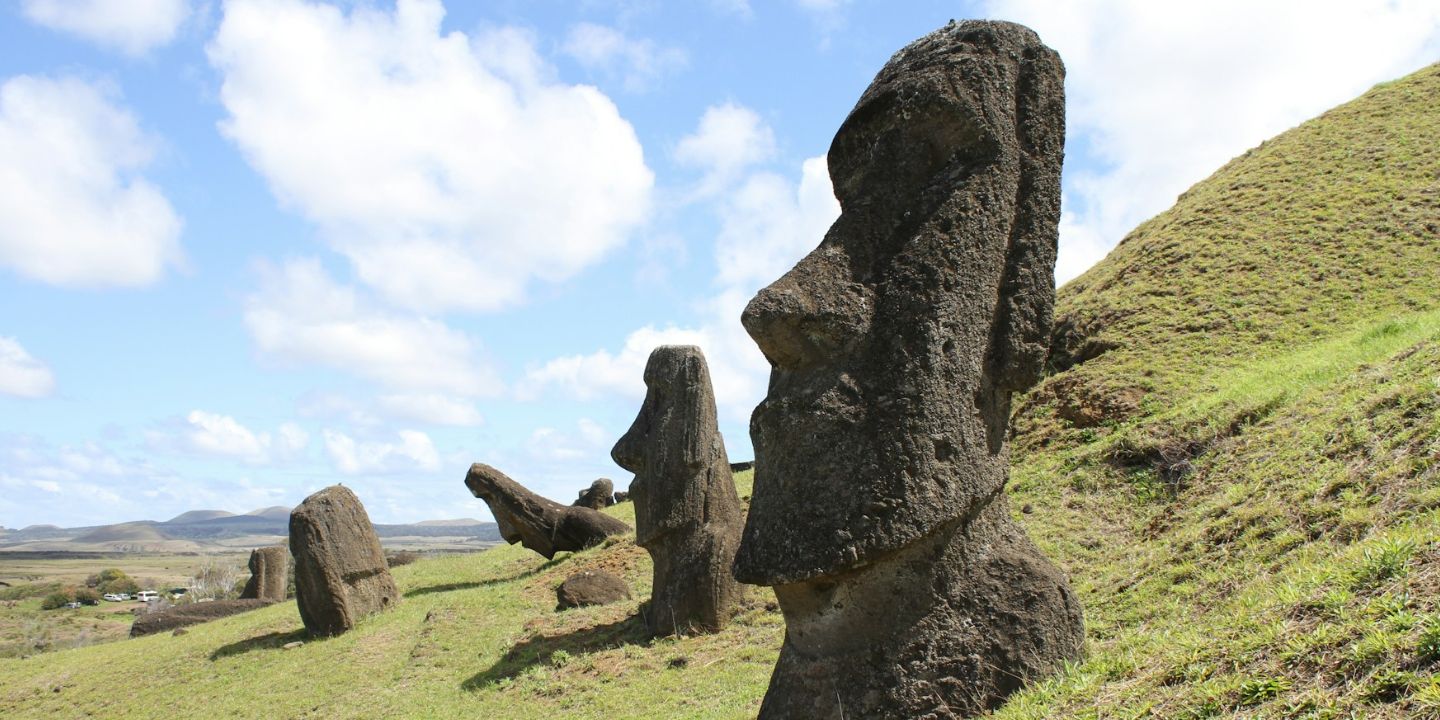
20 Historical Landmarks That Have The Craziest Conspiracy Theories
Unsolved Mysteries Of Ancient Places . When there's not enough evidence…
By Megan Wickens Oct 9, 2024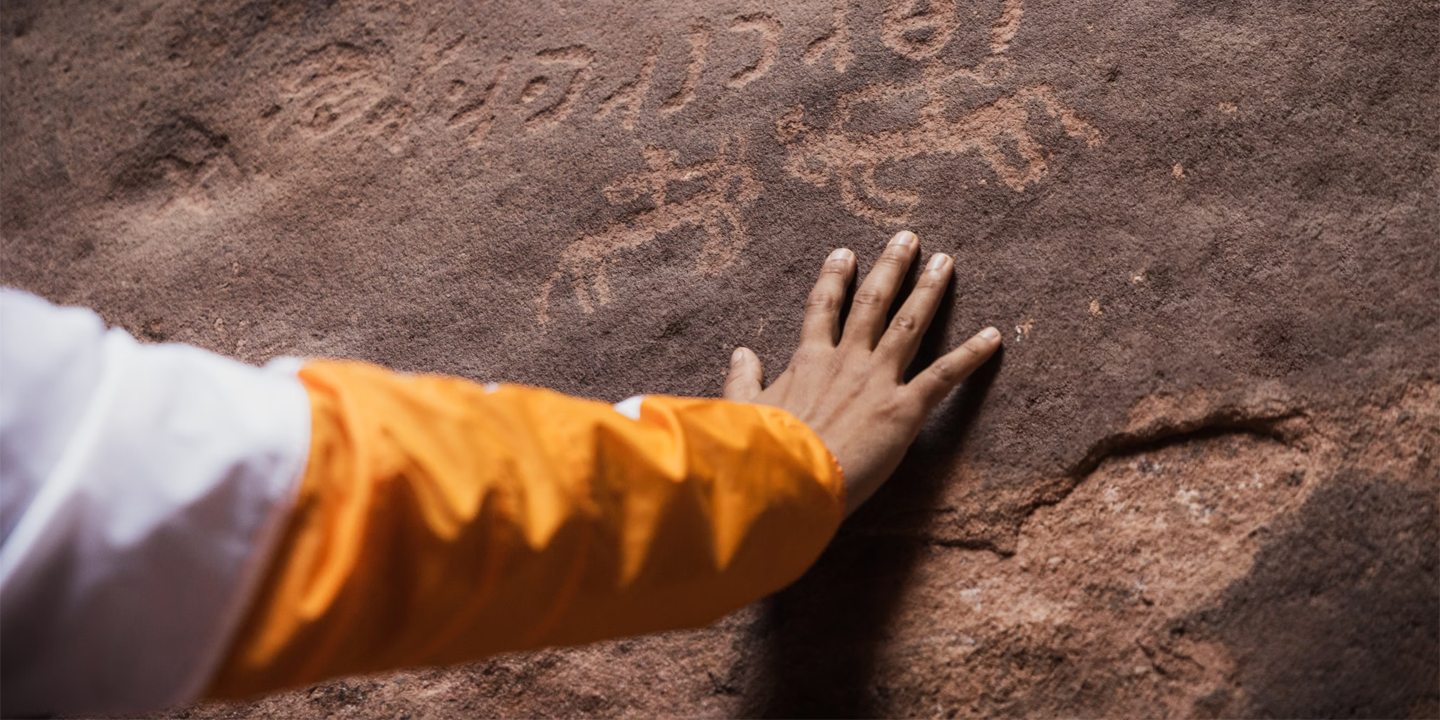
The 20 Craziest Inventions & Discoveries Made During Ancient Times
Crazy Ancient Inventions . While we're busy making big advancements in…
By Cathy Liu Oct 9, 2024

